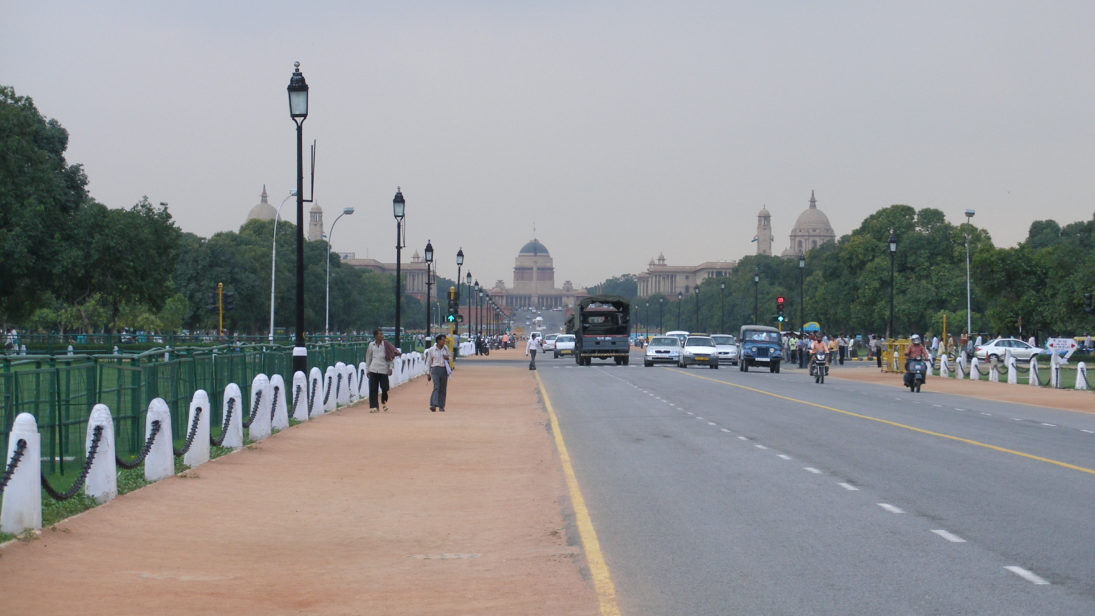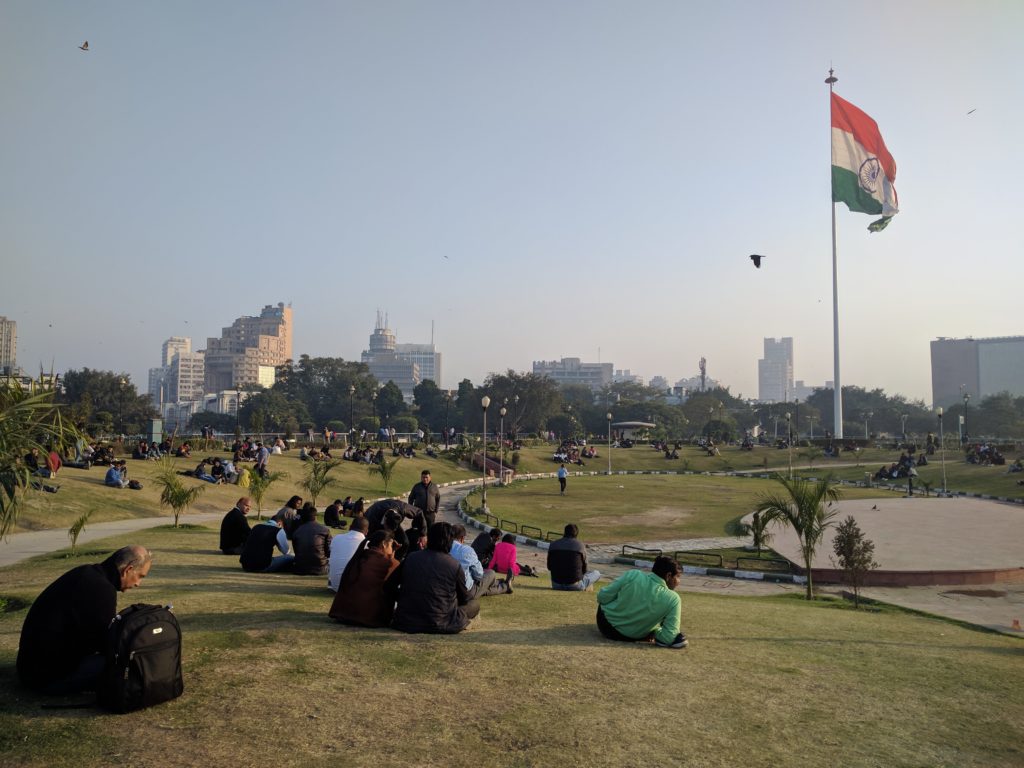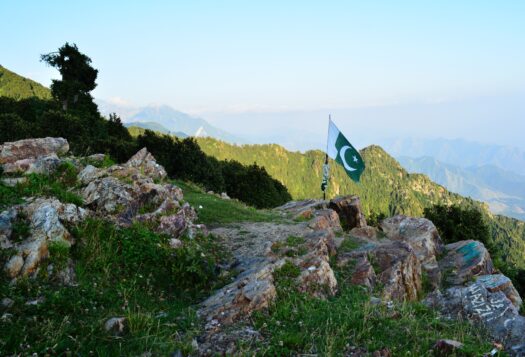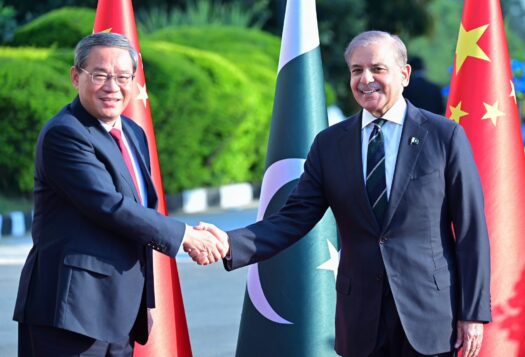
In September 2019, the Ministry of Housing and Planning announced the project to redevelop the Central Vista in New Delhi to include a new parliament building, a new residence and office for the prime minister, new government offices, and a new vice-president’s enclave. The Central Vista project comes with a hefty price tag of USD $1.84 billion. Citizens have expressed significant apprehension, including about the preservation of Delhi’s defining heritage landmarks in the Central Vista area and the judicious use of capital in a country struggling to find its footing during a deadly second wave of the COVID-19 pandemic.
Since the project announcement, many concerned citizens, including former bureaucrats, have even proposed the project be put on hold. Despite this, and highlighting the controversial and authoritative nature of government decision making, the foundation stone for the project was laid on December 10, 2020 and the project declared an essential service in April 2021. The decision to proceed with construction on the Central Vista as an essential service echoed the government’s desire to remodel the capital city center to its ideological vision of a new India. Lack of public consultation on the fate of the Central Vista underscored the government’s authoritarian attempt to rewrite history and reshape national narratives through infrastructure projects, under the shadow of the pandemic.
Lack of public consultation on the fate of the Central Vista underscored the government’s authoritarian attempt to rewrite history and reshape national narratives through infrastructure projects, under the shadow of the pandemic.
Reconstruction of a boulevard and its heritage
The Central Vista is a defining strip of land and the heart of India’s capital, comparable to Capitol Hill in the United States and Westminster in the United Kingdom. As Swapna Liddle, a historian at the Indian National Trust for Art and Cultural Heritage, articulates “the historical significance of the Central Vista lies in its architecture, town planning and politics. Its history is the history of India.” The Central Vista area houses the upper-echelons and the decision-makers of the country while also providing public space for Indian citizens to convene. This public space is a defining characteristic of the strip as well as of the democratic country; the current plan diminishes this by contracting the public spaces in the vista from 24.5 to 9.54 acres.
The new Central Vista project also shows no regard for the historical significance of the space. Rama Lakshmi has argued that the reconstruction project “doesn’t have a plan to acknowledge, retrieve and repair [the current characteristic of the Central Vista area] loss. It just doesn’t have a ‘historicizing’ element.” The Bharatiya Janata Party (BJP) government is the political outpost of a fabric of socio-political groups that has long advocated for historical revisionism. In 2017, while attending a seminar at the Banaras Hindu University, Union Home Minster Amit Shah stated “It is my request to all that there is a need to rewrite the Indian history from India’s point of view but without blaming anyone.” The same sentiment echoed in 2018, when the Union Government decided to constitute a 14-person committee to revise and rewrite Indian history. When asked about the goals of the committee, the chairperson, K N Dikshit, stated “I have been asked to present a report that will help the government rewrite certain aspects of ancient history.” Central Vista reconstruction is the latest of the tools the government has employed in pursuit of this goal.
Alongside the Rajpath and central boulevard lie the fates of the National Archives and the National Museum, both of which are located within the Central Vista area. In May 2021 the government announced that the National Museum would eventually move as part of the Central Vista project but would remain at its present spot for at least the next “five or six years.” The main building of the National Archives, separately, would remain intact while its annex would be demolished to make way for a new building. Minister of Culture Pralad Singh Patel issued statement to the media intended to reassure researchers and the public that the records would be stored and maintained safely during the redevelopment process. This vague reassurance without a proper plan backing it did little to assuage concerns surrounding the preservation of the 4.5 million files, 25,000 rare manuscripts, 100,000 maps, 130,000 Mughal documents, and more than 200,000 works of art housed in the National Archives and National Museum respectively. This collection is delicate and a lapse in care during the process of cataloguing, storing, and moving could mean an irreparable loss.
This loss would create a vacuum that could be an opportunity to edit and rewrite historical narratives. The current government has in the past been accused of modifying school texts to reflect its ideological leanings. The same fate may befall the contents of the National Museum and the National Archives, expediting India’s journey towards becoming a Hindu majoritarian country. And the lack of public say in these decisions does not bode well for a country that saw its ranking slip from 27th in 2014 to 53rd in EIU’s 2020 Democracy index.

Misplaced Priorities
At a moment when all government resources should have gone towards fighting the second wave of the pandemic, the Indian government chose instead to invest in the architecture of its new nationalism. In March 2021 without paying heed to the warnings given by a forum of scientific advisors, large groups of unmasked people congregated for religious gatherings and political rallies, including several attended by the Prime Minister and the Home Minister. In April 2021, India witnessed a devastating second wave; at its worst, the nationwide daily new cases topped 400,000, which many have reported is likely an undercount. While Indian citizens put out desperate appeals for medical oxygen and prescription drugs, the government declared the Central Vista project an essential service.
The project, from its hasty inception to its undemocratic foundation-stone-laying ceremony, echoes of a state backsliding on its democratic principles.
The government investing in its ideological agenda over the immediate needs of its people is both a misplaced priority and a misdirection of state capital. The project, from its hasty inception to its undemocratic foundation-stone-laying ceremony, echoes of a state backsliding on its democratic principles. One would expect a responsible government to redirect state resources towards essential care. Such a move would not only ease the burden of a populace that has been pushed to the brink mentally and physically, but also prepare the country for an anticipated third wave. The government’s insistence on carrying forth its project to reshape the city center and redesign the country’s past and future is taking a deadly toll on its present.
***
Image 1: Wikimedia Commons
Image 2: Wikimedia Commons


